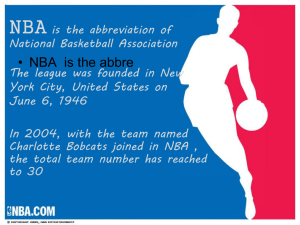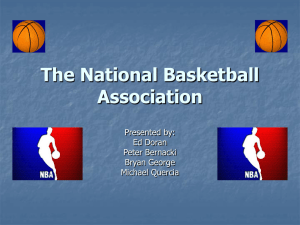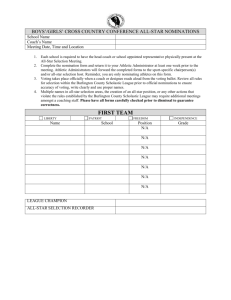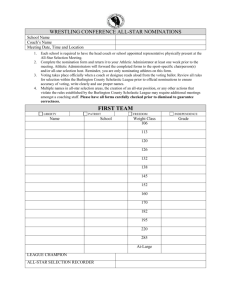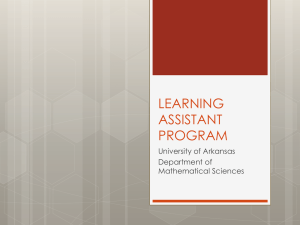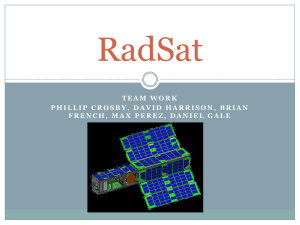Executive Summary
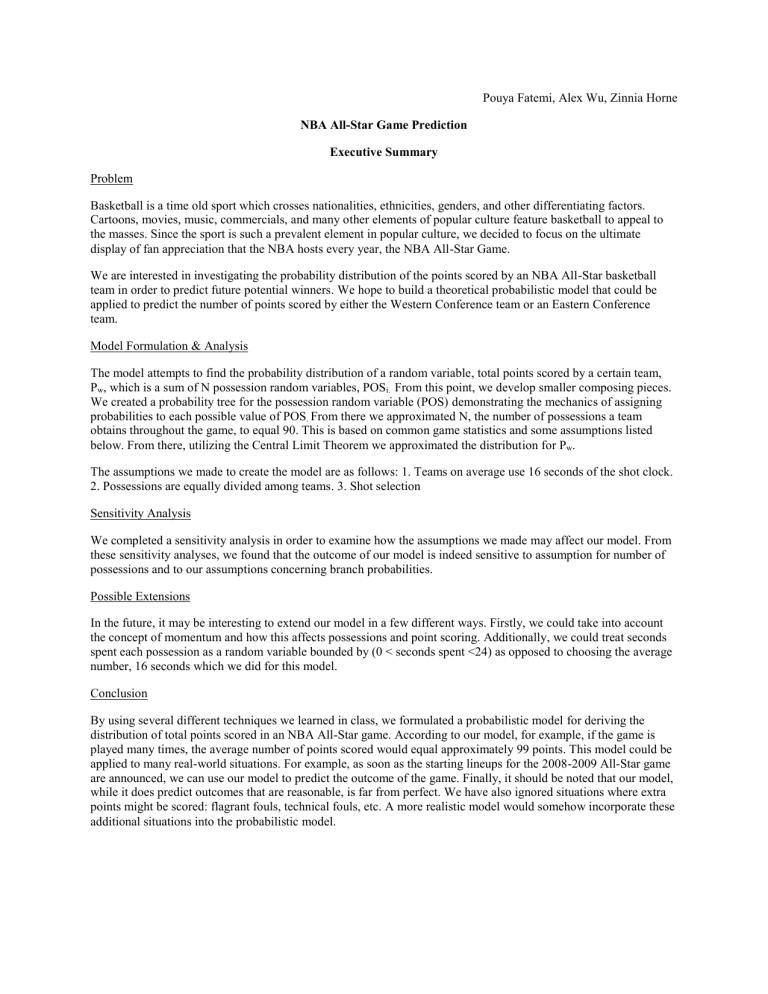
Pouya Fatemi, Alex Wu, Zinnia Horne
NBA All-Star Game Prediction
Executive Summary
Problem
Basketball is a time old sport which crosses nationalities, ethnicities, genders, and other differentiating factors.
Cartoons, movies, music, commercials, and many other elements of popular culture feature basketball to appeal to the masses. Since the sport is such a prevalent element in popular culture, we decided to focus on the ultimate display of fan appreciation that the NBA hosts every year, the NBA All-Star Game.
We are interested in investigating the probability distribution of the points scored by an NBA All-Star basketball team in order to predict future potential winners. We hope to build a theoretical probabilistic model that could be applied to predict the number of points scored by either the Western Conference team or an Eastern Conference team.
Model Formulation & Analysis
The model attempts to find the probability distribution of a random variable, total points scored by a certain team,
P w
, which is a sum of N possession random variables, POS i.
From this point, we develop smaller composing pieces.
We created a probability tree for the possession random variable (POS) demonstrating the mechanics of assigning probabilities to each possible value of POS
.
From there we approximated N, the number of possessions a team obtains throughout the game, to equal 90. This is based on common game statistics and some assumptions listed below. From there, utilizing the Central Limit Theorem we approximated the distribution for P w
.
The assumptions we made to create the model are as follows: 1. Teams on average use 16 seconds of the shot clock.
2. Possessions are equally divided among teams. 3. Shot selection
Sensitivity Analysis
We completed a sensitivity analysis in order to examine how the assumptions we made may affect our model. From these sensitivity analyses, we found that the outcome of our model is indeed sensitive to assumption for number of possessions and to our assumptions concerning branch probabilities.
Possible Extensions
In the future, it may be interesting to extend our model in a few different ways. Firstly, we could take into account the concept of momentum and how this affects possessions and point scoring. Additionally, we could treat seconds spent each possession as a random variable bounded by (0 < seconds spent <24) as opposed to choosing the average number, 16 seconds which we did for this model.
Conclusion
By using several different techniques we learned in class, we formulated a probabilistic model for deriving the distribution of total points scored in an NBA All-Star game. According to our model, for example, if the game is played many times, the average number of points scored would equal approximately 99 points. This model could be applied to many real-world situations. For example, as soon as the starting lineups for the 2008-2009 All-Star game are announced, we can use our model to predict the outcome of the game. Finally, it should be noted that our model, while it does predict outcomes that are reasonable, is far from perfect. We have also ignored situations where extra points might be scored: flagrant fouls, technical fouls, etc. A more realistic model would somehow incorporate these additional situations into the probabilistic model.





